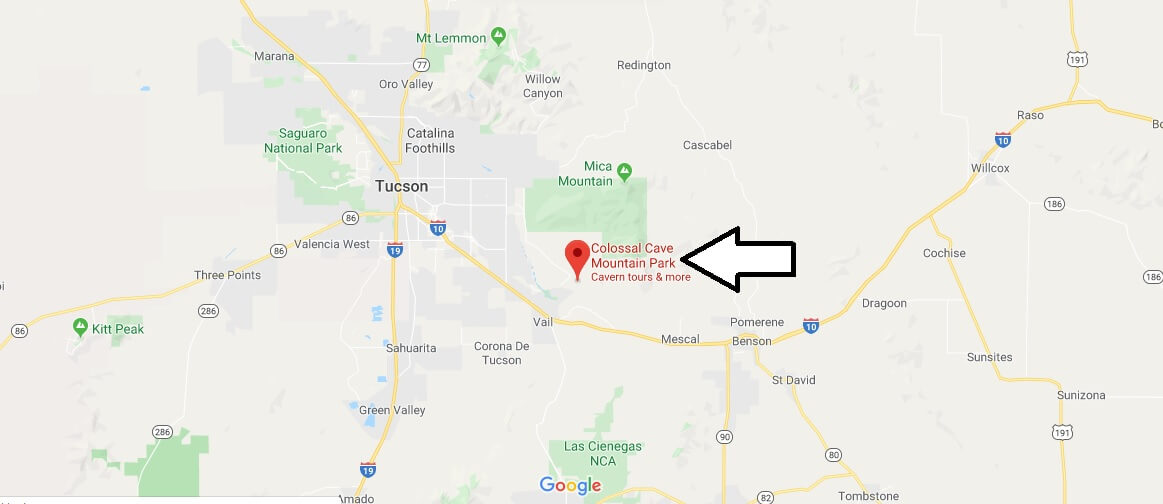
- #Colossal cave adventure map in a forest code#
- #Colossal cave adventure map in a forest professional#
The history of Mainframe Zork has been described in detail by a number of people, amongst whom some had been directly involved in its development. Through the years, the open source Zork/Dungeon has continued to be maintained and to exist alongside the commercial Zork I, II, and III games, and has been ported to other platforms and programming languages. This port was then distributed through the legendary Digital Equipment Computer Users' Society, or DECUS. Bob Supnik, a DEC engineer, endeavored to port the game to the smaller and more common PDP-11 and from MDL to the FORTRAN programming language (the Colossal Cave adventure was also written in FORTRAN).

#Colossal cave adventure map in a forest code#
In the meantime, the original mainframe version of Zork had been distributed with its source code on ARPANET and could be played freely by the few who had access to a connected PDP-10 (to distinguish between the original Zork and the commercial Zorks, the former will be indicated as Zork/Dungeon or Mainframe Zork for the remainder of this overview). As the memory sizes of these machine were relatively small, Zork was published in segments as seperate titles - Zorks I, II, and III - and became the first product of a newly founded company called Infocom. Eventually Zork was ported to smaller computers, starting in 1980 with the PDP-11, the Tandy TRS-80, and the Apple II. At some stage in its development Zork was renamed to Dungeon, then re-renamed Zork after a company called TSR claimed priority of the name Dungeon for one of their own games.
#Colossal cave adventure map in a forest professional#
It was written on a Digital Equipment Corporation PDP-10 mainframe computer in a lisp-like language called MDL (also known as Muddle), and was a reaction of sorts to and a further development of the text adventure paradigm that had been introduced by way of the Colossal Cave adventure, originally by William Crowther and later also by Don Woods.Ĭover of the November 1982 issue of The DEC Professional (now defunct) showing part of the famous Dungeon map, drawn by one Steven Roy.Ĭompared to Colossal Cave, Zork portrayed a slightly more coherent world (not being set in a natural cave but in the remnants of the Great Underground Empire) and had a more advanced parser, which is able to understand more than Cave's two-word verb-noun sentences. The latter was developed in the late 1970s at the Dynamic Modeling Group at MIT by Tim Anderson, Marc Blank, Bruce Daniels, and Dave Lebling. The well-known Zork trilogy is a partitioned and enlarged version of an early text adventure, also named Zork. Table artwork is courtesy of edermunizz over at Itch.(This is a continuation of earlier articles about Zork I and Mini-Zork.) Before there was Zork I, there was Dungeon, and before there was Dungeon, there was Zork (and before there was Zork, there was Colossal Cave). You can change your token state by right clicking the token and selecting State>2 or by hovering your mouse over your token and pressing 2 on your keyboard. Change your token state to "2" to carry the brass lantern (yellow disc around your token) and protect against the bottomless pit! Player tokens have two states, normal and carrying the brass lantern. Ready to lose some friends?Īll assets have been scanned and uploaded. Depending on the number of players and their willingness to backstab each other from the beginning, a game can last anywhere from 20 to 90 minutes.
_thumb[3].jpg)
The winner is the first player to deposit three treasures in the Well House.
__ENGLISH.jpg)
After you play a treasure, you must get it safely back to the surface, where you can deposit it in the Well House. For example, the Rare Coins are not playable anywhere except in the Hall of the Mountain King. Cards represent items, treasures, actions, and "reactions" you're generally not allowed to play an item or treasure card unless your player token is in a specific room on the map. The basic game mechanism is "draw one, play one" there is also a game board depicting a simplified map of the cave (14 rooms). But beware! Some who enter are never seen again.Ĭolossal Cave: The Board Game is an adaptation of the classic text adventure "Colossal Cave Adventure". Somewhere nearby is Colossal Cave, where it is rumored that others have found fortunes in treasure and gold.


 0 kommentar(er)
0 kommentar(er)
